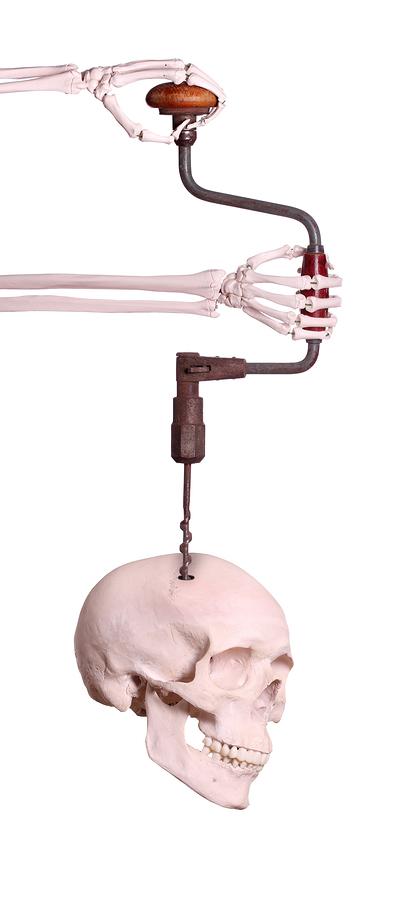Deciding to Have Orthopedic Surgery
Making the decision to undergo surgery should not be a process that is taken lightly. Before you reach a conclusion regarding a possible operation, you will have the input of several different healthcare professionals as well as your support network.
Read more
Fiber Optic Technology and Surgery
 As we discuss regularly on the Onto Orthopedics blog, technology is continuing to develop at an incredible rate. The benefits that this brings to patients are fantastic, far-reaching and not to be ignored!
As we discuss regularly on the Onto Orthopedics blog, technology is continuing to develop at an incredible rate. The benefits that this brings to patients are fantastic, far-reaching and not to be ignored!
Orthopedic Bone Drilling
 Although it sounds extreme, bone drilling is sometimes a necessary part of orthopedic surgery. This is most common when a person suffers a fracture and it has to be treated with a direct approach. This means that plates, wires and immobilization screws have to be used inside the body. The drill itself is an electric device that is used by the surgeon to create holes in bones. Other common reasons for drilling bones in surgery are fixing implants and fitting prosthetic devices. The bone drill is sometimes referred to as a saw and certain types can also be used manually although this is less common at the present time.
Although it sounds extreme, bone drilling is sometimes a necessary part of orthopedic surgery. This is most common when a person suffers a fracture and it has to be treated with a direct approach. This means that plates, wires and immobilization screws have to be used inside the body. The drill itself is an electric device that is used by the surgeon to create holes in bones. Other common reasons for drilling bones in surgery are fixing implants and fitting prosthetic devices. The bone drill is sometimes referred to as a saw and certain types can also be used manually although this is less common at the present time.
Through extensive research experts have determined that the best orthopedic drill is one that has a split point and a quick helix. It is important to cause as little thermal damage as possible when drilling through bone and this is a prime consideration during the design process. If the area around a drill hole experiences a dramatic rise in temperature than this can negatively affect the healing process and even cause permanent damage. Infection is another risk factor and it is known that blunt drill bits are often the culprit for this temperature increase occurring. The angle at which the drill is applied is also an essential consideration of this type of orthopedic surgery.
Read more




